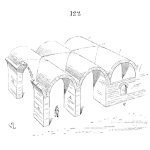
Well, this article will be a little bit challenging and full of statistical terms. I would categorize the “Hypothesis testing” as most of common use in statistical analysis.
First time of usage happened in 1700s, but actual popularisation at early 20th century:
[Read more…]
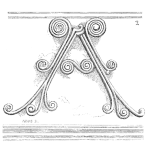




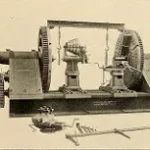


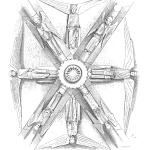

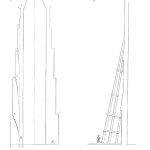
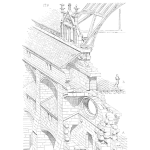
 Ask a question or send along a comment.
Please login to view and use the contact form.
Ask a question or send along a comment.
Please login to view and use the contact form.